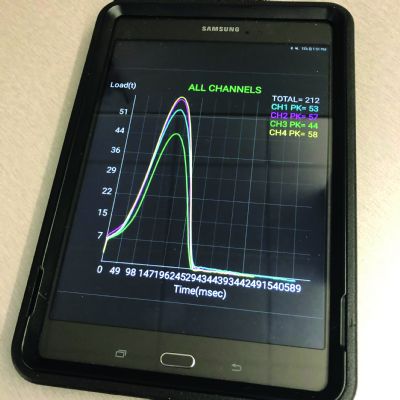 George Keremedjiev
George KeremedjievDie Designs and Sensor Wiring
August 1, 2011Comments
There are two preferred procedures to hide and protect electronic sensor wiring as it routes from die sensors to the centralized connector junction box, to avoid cut, frayed, crushed and otherwise non-functional wires. Here we will discuss retrofitting sensor wiring within existing dies compared to working with new die designs.
New Die Designs
The best time to think seriously about the most effective s to route sensor wiring is during strip layout. Careful analysis of the proposed layout and the subsequent die-design phases will uncover the various required progressive functions. A thorough set of failure-mode explorations of these progressive functions will then uncover likely problem areas, including short or long feeds, part-ejection confirmation, slugging, cam returns, punch breakage, nitrogen-cylinder leakage and pad-return failure. To conduct such a careful analysis, the die designer must consult with toolroom and pressroom personnel, including the company’s sensor specialist. Let’s call this group of inhouse consultants the error-proofing team (EPT). Each team member brings to the table their unique perspectives and concerns as the die designer moves from basic strip layout to actual tool design.
Imagine that the strip layout, tooling-design phases and parallel consultations with the EPT leads to a set of predicted failure modes that include several separate zones within the die, each of which will require electronic sensing. Sensing might include stripper monitoring for slug detection, monitoring of a spring-loaded lever for over/under feeds, and sensing of cam-return motions and part out.








